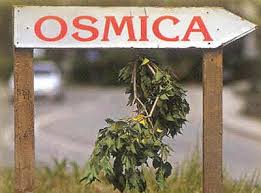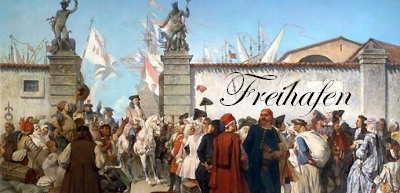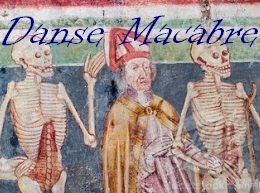 Sympose-it-Yourself:
Neural Theories for the Acquisition of
Grammar, Morphology, And...
How does the
human brain produce language? Despite sophisticated
elaboration and significant advances in linguistics,
neuroscience, computational linguistics and neural
computation, a widespread impression is that we are
still in the dark ages for understanding the
relation between language and the brain. Sometimes
the disciplines which should converge to generate
that understanding appear to proceed in unrelated
directions, just like the evzones
above, with most neuroscientists blindly pursuing
mere localization, linguists often busy trying to
fit volatile language data onto a priori
theories, computer scientists intent on developing
efficient parsers, and network theorists not having
much to say about such messy complex issues.
We aim to meet for an intense and entirely self-organized workshop, without the presumption of having anything to teach each other, but curious about the thoughts tentatively entertained by colleagues we do not normally encounter. To serve as a catalyst for future progress and interactions among disciplines, the workshop will be held in an intellectual no man's land; but physically in Trieste, for the reasons detailed in the pictures below. Piccards' bathyscaphe Trieste reached Challenger Deep, and it is our fantasy that SYNTAGMA will help us approach closer to the most challenging depths of the human mind. SYNTAGMA has not been endowed with committees who can issue invitations; when self-inviting yourself, please add ale at sissa dot it in cc. Ideally, we would aim for a k-symplex, where each of k+1 participants spans an independent dimension of doubt and potentially productive uncertainty. Some of these dimensions inform the papers collected at the site known by the unfortunate local toponym Scovazze.
Footnotes, apart
from the remotely related movie by Joseph
Cedar:
- Σύνταγμα might refer to a unit of 24x 24 heavy Macedonian infantry, the Foot Companions; or to a lost compilation of canons by the first antipope; or later, to the Constitution of modern Greece and to the square in Athens, each providing orthogonal inspiration to our meeting. - Εύζωνες, the light infantry derived in part from the agile κλέφτες of the War of Independence, guard today the Tomb of the Unknown Soldier in Syntagma square, displaying remarkable rigidity, even during syntactic movement. - Challenger Deep, the lowest point in the Ocean, 10,911m down the Mariana Trench, was reached on 23 January 1960 by the bathyscaphe Trieste designed by Auguste Piccard and crewed by Jacques Piccard and Don Walsh. - "Italian" was in most cases triestino, a Venetian dialect which, in curious synchrony with the decay of Venice and the massive influx of newcomers from faraway lands, had rapidly supplanted in Trieste tergestino, the Rhaeto-romance dialect now revived in the Crico poems. - The peculiar linguistic intercourse in Scovazze, somewhere between Veneto and Friuli, has been recently described in Piccola Osteria Senza Parole, by Massimo Cuomo (2014). |


